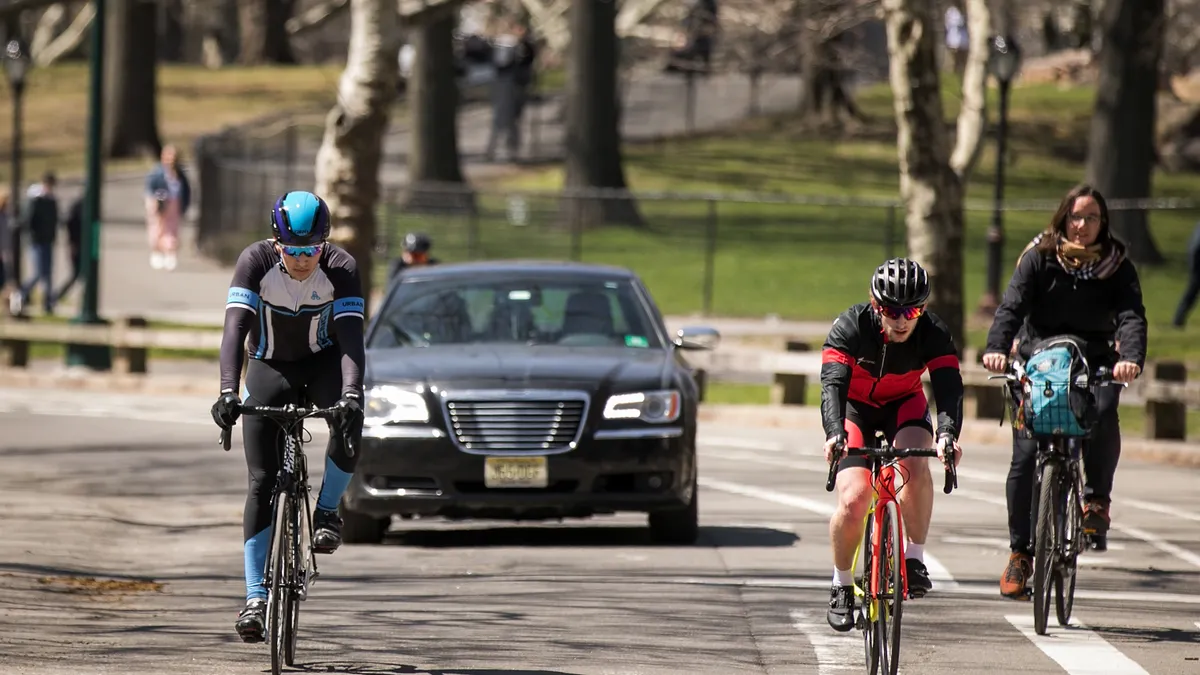Dive Brief:
- Injuries among e-bike riders doubled every year from 2017 to 2022 while e-scooter injuries rose 45% annually in that same period, according to a study from the University of California at San Francisco published July 23 in JAMA Network Open.
- The study found disparities among age groups for conventional and electric-powered micromobility users at the time of injury. The median age for pedal bicyclists was 30, while e-bike users’ median age was 39. Unpowered scooter riders had a median age of 11; e-scooter users’ median age was 30.
- The study found that injured electric micromobility users were more likely to be Black than those injured using non-powered vehicles. It also found injuries on electric-powered devices were more common in urban areas.
Dive Insight:
Both electric and conventional bikes, and scooters have grown in popularity in recent years. More than 1.1 million e-bikes were sold in the U.S. in 2022, according to the U.S. Department of Energy, almost four times as many as in 2019. Shared micromobility use, a subset of all bicycle and scooter use, jumped 16% in 2023 over the previous year, according to a recent National Association of City Transportation Officials report.
The researchers analyzed U.S. Consumer Product Safety Commission data collected from emergency departments. Injuries aboard bikes and scooters were often associated with lower helmet use, particularly among those riding electrically powered devices, the study found. Alcohol use was a factor in 7% of e-bike injuries and 9% of e-scooter injuries.
The study states that its finding of higher injury rates among Black electric micromobility riders may be new, but that the explanation is not clear. “While our findings raise questions that are aligned with concerns about disparities in health care access and quality, including the possible influence of systemic issues, they should be interpreted with caution,” the study says.
Overall, the rise in injuries among bike and scooter users has broader implications for public health strategies, the study says. The UCSF study suggests the need for better bike lanes, enforcing helmet laws and speed limits for electric micromobility devices, and specific intervention strategies in high-use areas.












